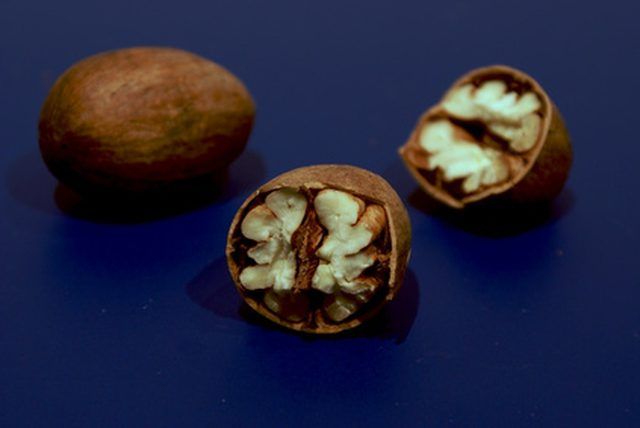Bulbs
Flower Basics
Flower Beds & Specialty Gardens
Flower Garden
Garden Furniture
Garden Gnomes
Garden Seeds
Garden Sheds
Garden Statues
Garden Tools & Supplies
Gardening Basics
Green & Organic
Groundcovers & Vines
Growing Annuals
Growing Basil
Growing Beans
Growing Berries
Growing Blueberries
Growing Cactus
Growing Corn
Growing Cotton
Growing Edibles
Growing Flowers
Growing Garlic
Growing Grapes
Growing Grass
Growing Herbs
Growing Jasmine
Growing Mint
Growing Mushrooms
Orchids
Growing Peanuts
Growing Perennials
Growing Plants
Growing Rosemary
Growing Roses
Growing Strawberries
Growing Sunflowers
Growing Thyme
Growing Tomatoes
Growing Tulips
Growing Vegetables
Herb Basics
Herb Garden
Indoor Growing
Landscaping Basics
Landscaping Patios
Landscaping Plants
Landscaping Shrubs
Landscaping Trees
Landscaping Walks & Pathways
Lawn Basics
Lawn Maintenance
Lawn Mowers
Lawn Ornaments
Lawn Planting
Lawn Tools
Outdoor Growing
Overall Landscape Planning
Pests, Weeds & Problems
Plant Basics
Rock Garden
Rose Garden
Shrubs
Soil
Specialty Gardens
Trees
Vegetable Garden
Yard Maintenance
The Root System of a Pecan Tree
The Root System of a Pecan Tree. The pecan tree, like its relatives in the walnut family of large deciduous trees, develops a strong taproot that grows deep into the ground, anchoring the large tree and protecting it from drought on the surface.

The pecan tree, like its relatives in the walnut family of large deciduous trees, develops a strong taproot that grows deep into the ground, anchoring the large tree and protecting it from drought on the surface.
Fundamentals
Large and fast-growing, pecan trees have a long taproot that extends straight down and and is surrounded by many small feeder roots and root hairs, according to the Iowa State University Extension Service. The smaller roots absorb water and nutrients to feed the tree, while the taproot primarily provides support and stability, and stores nutrients through winter or during drought.
The deep, strong taproot makes pecan trees difficult to transplant, according to Pecan Biz.
Root Features
Taproots grow trunklike or tapered from the base of the tree deep into the soil with smaller roots growing out from it in all directions. While the taproot is permanent, the smaller roots often die in one or two years and are replaced by new feeder roots, according to the Iowa State Extension Service.
Most feeder roots grow in the top six to 18 inches of soil where water, nutrients and oxygen are easily absorbed, according to Iowa State University. Feeder roots can extend to a distance two to three times the diameter of the tree's leafy crown.
The taproot of a mature pecan tree grows to a depth of more than 10 feet, according to the University of Florida Extension Service. Other tree species employing a strong taproot system include hickory, walnut, butternut, white oak and hornbeam.
Tree Characteristics
Pecan trees can grow to more than 100 feet in height, according to Pecan Biz. The tree has become popular not only as a source of nutrient-rich nuts but also in landscaping, according to Texas A&M University's Extension Service. The pecan tree is the official state tree of Texas.
Pecan trees grow wild in deciduous forests and prefer humid climates.
Considerations
Because of its strong and expansive root system, pecan trees need plenty of space. They should be planted at least 35 feet from any other tree or structure, according to Iowa State University.
Planting pecan trees too close together leads to poor nut production, misshapen canopies and poor overall health, according to Texas A&M University. Because moisture and air cannot reach roots under pavement, pecan trees should be planted far from driveways, sidewalks or building foundations.
Requirements
Pecans are native to river and creek bottoms where soils are rich, thick and moist but well-draining. To accommodate the taproot, cultivated pecan seedlings should be planted in naturally rich, well-draining soil that extends at least three feet deep or to a depth right at the top of the water table, according to Texas A&M University.
Many nurseries sell pecan trees as bare-root plants, which require protection from drying or freezing before transplanting. The optimal tree size for transplanting is between four feet and eight feet tall, according to Texas A&M University. Young pecan trees sold in containers are smaller but transplant more easily, according to the extension service.
Planting
Young trees should be planted in holes at least two feet in diameter, according to the University of Florida Extension Service. The taproot should extend straight down to the bottom of the hole. Lightly pack soil around the upright tree and add 10 gallons of water to the planting area. Water at least once a week to establish the root system.